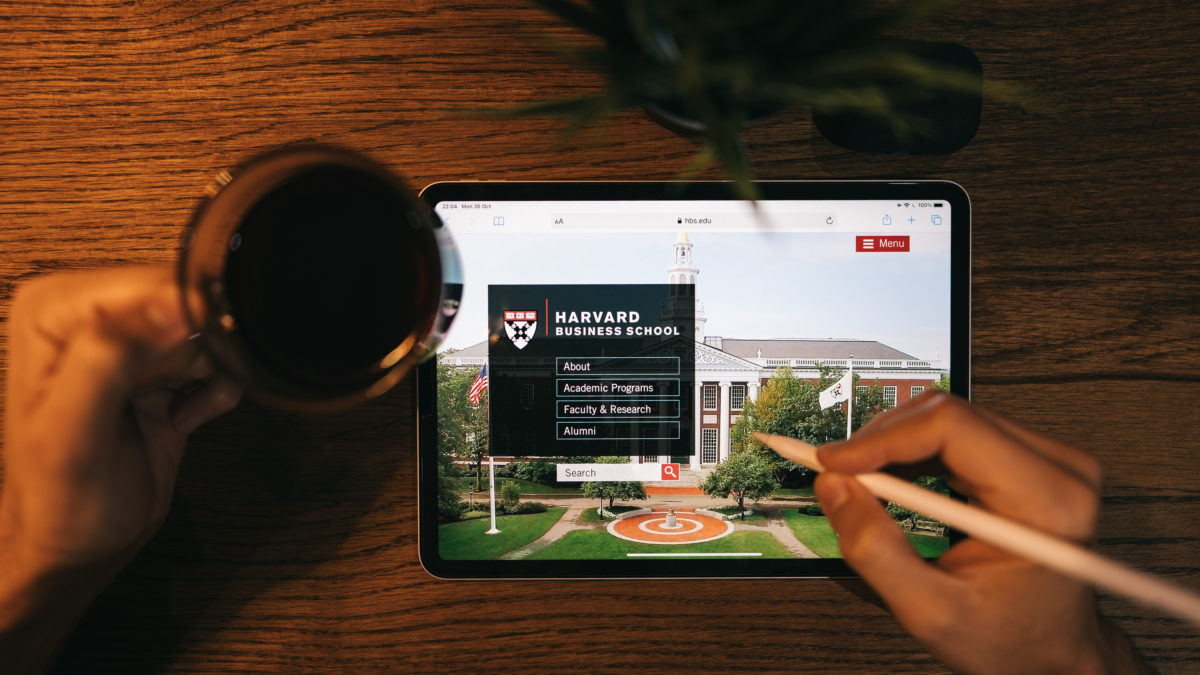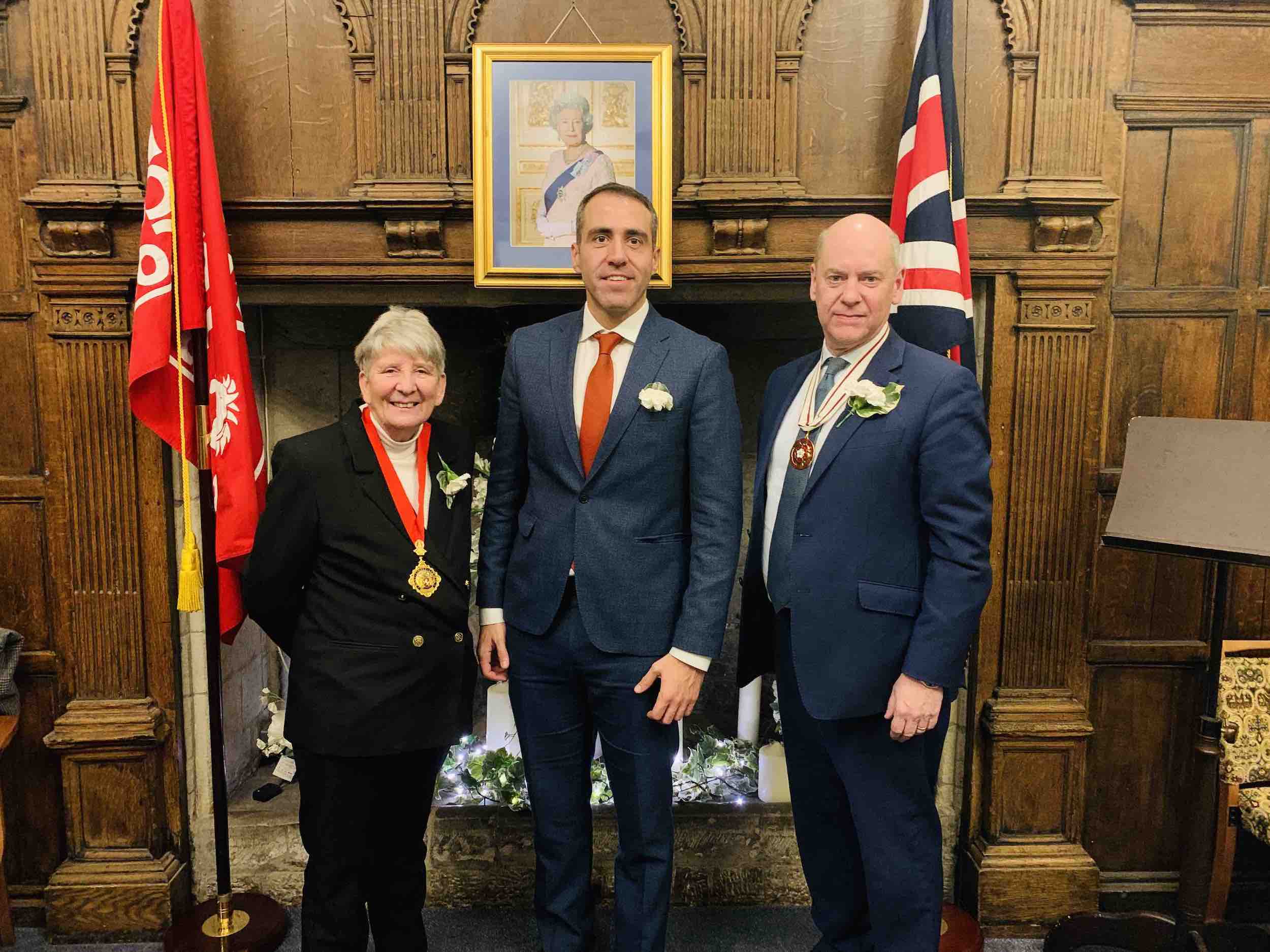Preparing Harvard Business School Mock Cases
As a former student who did a full online certification during the pandemic, Harvard Business School (HBS) reached out to help them prepare 3 mock cases for the upcoming HBS students in an unprecedented virtual mode. Of course, I was more than happy to do so.
This was an exciting opportunity to meet Harvard Business School faculty members and actively discuss mock cases for 3 areas: Leadership, Marketing and Technology & Operations Management.
The idea was to review all cases and reference materials in advance, connect to Zoom and participate in multiple hours’ discussions. Besides the content of the cases, it was key to actively engage with the professors so they could experience the dynamism of teaching in an online layout.
We talked about 3 business cases: Toby Johnson, DTC Brands and Benihana of Tokyo.
Leadership: Toby Johnson
Toby Johnson is a former army pilot who after completing her MBA joined PepsiCo’s Leadership Development Program. This program involved rotations. She started as Manufacturing Manager at a Frito-Lay plant.
This case was about how Johnson took control of the plant and how she implemented new changes. During her time, the plant was thinking of starting a transformative project entailing major changes in the whole company. Toby needed to determine if this should go ahead or not.
Key points to address with the professors:
1) What challenges did Johnson face when she first took over as Manufacturing Manager at the Williamsport Plant?
2) Map out the sequences of specific actions that Johnson took at the plant highlighting what was the purpose and impact of each as well as which were the most important ones.
3) If you were in Johnson’s shoes, would you champion the plan for the Team 4-Ward pilot?
The case itself was inspirational for Leadership purposes as it tackled the change management process (with positive and negative sides) and how small changes resulted in big impact over a period of time.
Marketing: DTC Brands
We’ve seen the rise of many Direct to Consumer Brands (DTC) by a number of start-ups. Some examples of these brands: Bonobos, Dollar Shave Club, Harry’s, Glossier and Allbirds. They entered very tough matured markets with clear leaders and established companies. However, they still managed to get a $1 billion valuation. But some of them after going public, went down.
This case was about understanding if these DTC brands were the disruptors or just a temporary fashion.
Key points to address with the professors:
1) Are DTC brands a fad or the dawn of a new era?
2) How did these brands become so successful and can they scale profitably?
3) How should incumbents respond?
The case itself was an interesting angle to disentangle the power of marketing, innovation and disruption in the business world.
Technology & Operations Management: Benihana of Tokyo
Hiroaki (Rocky) Aoki was raised in Tokyo and launched his first business in the United States in 1964. When he opened his first restaurant, he hoped to offer a unique experience and attention to the customers. The food process was completely transformed to a stunning experience. He went from deficit to being the president of a chain of 15 restaurants making $12 million per year.
This case was about discussing the development of theme restaurants, evaluating the current operating strategy and proposing a long-term expansion strategy.
Key points to address with the professors:
1) What are the differences between Benihana’s production process and that of a typical restaurant as well as how do these differences affect a customer’s dining experience?
2) Compare the operating statistics for a typical restaurant with those of Benihana for categories such as food cost, beverage cost, payroll, rent and so on.
3) Review the design of Benihana’s operating system in detail and address what major technology and design choices allow a typical meal to be served within one hour.
The case itself was a great way to deep dive areas such as technology and operations in addition to the entrepreneur’s vision.
Final Thoughts
As you can see these cases were quite different but there was one common thing: the power of incremental changes.
Johnson implemented some small daily changes on a daily basis that had a massive business impact over the upcoming months. Communication (employees’ shifts, resources and projects) and Education (front line members to understand the goals, keep trainings and target sessions) were important factors to her success. But the key one was listening. She spent a lot of time listening to understand the underlying issues in addition to the known complaints.
DTC brands showed the road of start-ups till the $1 billion valuation. A moment when the established companies take them more seriously. To get to that valuation, they implemented some small changes too. They found opportunities in the darkness. It’s undeniable that the big firms had a tough time making these start-ups profitable. So, the key debate was around acquiring DTC brands, growing E-commerce and building the brands… or wait and see.
Benihana of Tokyo was the perfect example of how a vision could be adjusted to increase productivity and value for the customers. Another case of few incremental changes across the different restaurants to achieve success. This case was probably the most technical one but the lessons were instrumental.
Interacting with Professors of Harvard Business School over the last months has been exciting because they have decades of experience not just in academia but in real business.
Finally, do we all agree that small changes pay large dividends?



